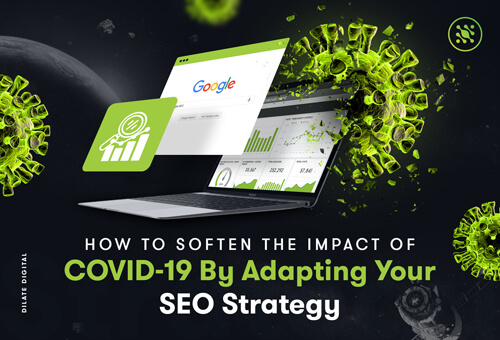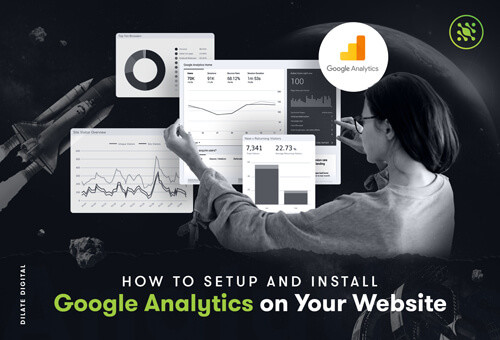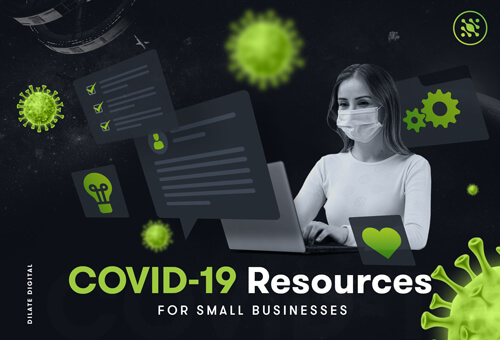When the Standard Email Marketing Template Doesn’t Do the Job
When looking at popular and most used marketing strategies, email marketing continues to be on top of the list. Studies show email has a median ROI of 122 percent; this is more than four times higher than other top strategies, including social media. In addition, HubSpot reports 86 percent of consumers want to receive emails from companies they do business with at least once a month. It’s a highly versatile tactic that is used to encourage and engage visitors to your website, re-engage past customers, and continue your relationship with subscribers while at the same time learning more about them and how you could better serve your users.
But as good as email marketing is, it turns out that without personalising your email marketing, more than half of consumers and business to business buyers say they are highly likely to disregard the email, or even switch brands, if the company did not make the effort to personalise their communications. So, personalisationmatters, and we’re not just talking about adding in a first name field to the email. Beyond addressing your customers by just their first name, email marketing can take personalisation to the next level by segmenting your subscriber basis. Today’s email marketing experts are catering to individual preferences by taking demographics, interests and other information into account.You can also do deeper segmenting as time goes on based on subscriber reactions. Delving into analytics can make this easier and help you boost conversion rates substantially.
So, how can you do this? As Entrepreneur recommends, “Get to know your subscribers better, and increase personalization by including polls in your emails. Not only is this an easy way for small businesses to learn more about their subscribers, it leads to more engaging emails and gives subscribers a chance to voice their preferences proactively.”
Also, it’s important to work out how are you segmenting your email marketing lists. As you get to know your subscribers better, you can segment your lists better. The following are some recommendations for separating them based on your target audience’s variables, such as:
• Demographics (e.g. age, gender, job title, etc.)
• Email Engagement (open rate and click through rate)
• Geographic Area
• Past Purchases
• Amount Spent with Your Business
• Website Behavior
• Time Since Last Purchase
Once you have subscribers divided into specific lists, you can send more targeted, personalized emails based on their information. For example, if you have the lists segmented by geographical location, you could send an email letting one group of subscribers know about an upcoming event in their area.
If the above seems confusing at all, or you’re unsure on how to segment your subscriber list, call the email marketing experts at Dilate Digital. For an awesome email marketing campaign to get people converting, contact Dilate Digital today on 1300 345 283.
Our Blog

Our team of digital and business experts will guide you to the right direction.
Let's Talk















